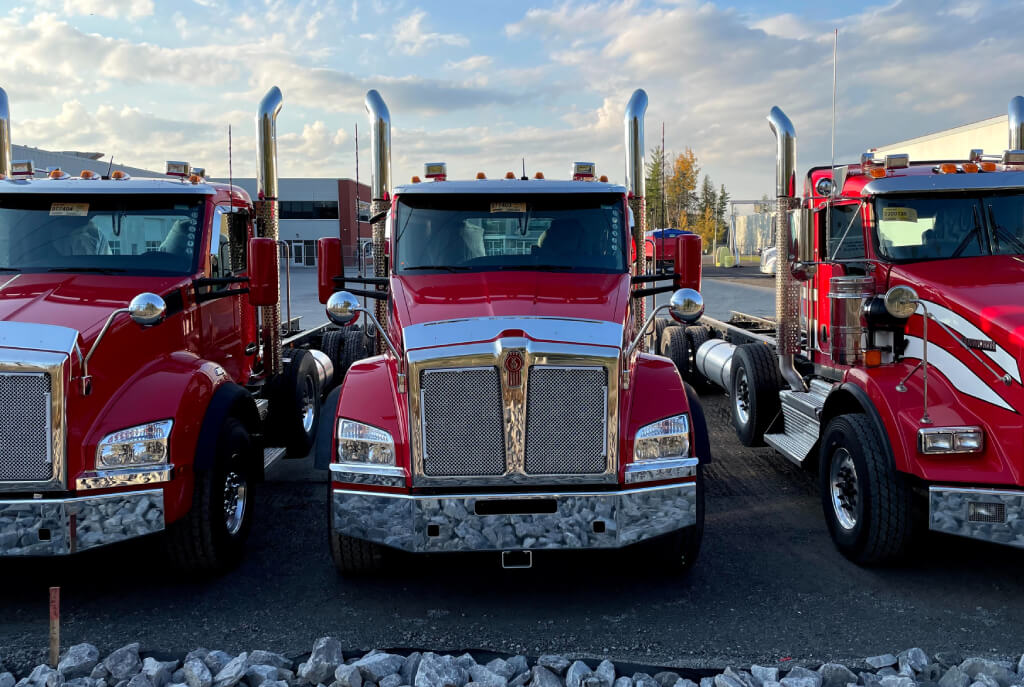Prepare for Change
“Change is the only constant in life,” noted the Greek philosopher Heraclitus. And though not a businessman, his casual observation encapsulated one of the greatest organizational challenges in the world. Change is inevitable in every organization, with the most common type being personnel changes due to turnover and attrition.
Between these HR situations, turnover may cause more problems because it involves employees you intend to replace. Attrition, by contrast, is “the gradual but deliberate reduction in staff that occurs as employees leave a company and aren’t replaced,” per Investopedia. However, even if such workers aren’t replaced, odds are someone will be assuming their duties.
Companies with a degree of safety-related work practices should develop detailed succession plans to attract, train, and retain employees before current ones depart due to turnover or attrition. Alas, many companies fail to prepare such plans, even though they know workers will eventually leave. They know change is coming, but don’t get ready for it.
Now, evidence suggests even more changes are coming, so it’s wise to start planning ahead.
Understand the Why
According to the Bureau of Labor Statistics, the median number of years workers currently stay with an employer is only 4.1 years. The problem is akin to a revolving door with workers coming and going, causing companies to struggle with maintaining safety practices.
All too often, their most skilled, knowledgeable workers leave not long after they’ve been fully trained, but before they’ve had a proper overlap with their replacements. That can directly contribute to unsafe work environments, which employers should do everything to avoid.
Some might believe the high turnover problem is only temporary, but according to the data, this simply isn’t the case. It’s easy to blame the pandemic and the desire to work remotely on the recent high rates of resignation, but Harvard Business Review argues that while Covid spurred the “Great Resignation,” the phenomenon is a continuation of a decade-long trend involving several underlying factors.
People are quitting for many reasons. Pew Research indicates most workers who quit in 2021 left because of low pay, no promotion potential, or feeling disrespected at work. Regardless of the reasons, workers are leaving in record numbers. The World Economic Forum predicted that a fifth of workers planned to quit in 2022, which was surprisingly accurate. A record number of employees gave notice, exceeding pre-pandemic levels.
Employers who plan accordingly will weather the storm far better, so let’s explore what a strong succession plan looks like so you can engage and attract your next generation of workers.
Define the Approach
The term “succession planning” is often used when discussing the replacement of an organization’s leadership and management positions. But another perspective comes from our neighbors to the North. The Government of Canada defines succession planning and management as “an essential component of the broader human resources planning process” that “involves an integrated, systematic approach for identifying, developing, and retaining capable and skilled employees in line with current and projected business objectives.” It doesn’t specify that succession planning need only be reserved for the upper ranks. The principles can be applied to all levels of workers.
Get into Action
Identify Key Players
A good starting point in succession planning is to determine who your most critical organizational members are. That does not necessarily mean the C-suite gang. It could mean your most valued frontline supervisors, the ones with boots on the ground managing crews and overseeing operations.
In terms of safety, who are the people you simply can’t function without on a day-to-day basis, whose absence would create a less safe or more hazardous work environment? Imagine if that person were suddenly gone forever and what impact it would have. These are the roles to focus on first, as you strategize about how you would replace them, if necessary.
Bottom Line: Figure out who you can’t afford to lose asap.
Create Continuity
Even though it’s a lot of work, it’s wise to have your MVPs create continuity materials that could be used to train the next person who’ll fill their shoes. After all, no one knows their job better than they do. Work with them to determine which duties would require the most detailed guidance, then set deadlines for the two of you to draft the knowledge transfer materials.
Have an objective third-party reviewer (who is not a subject matter expert) go through the materials and make notes on which parts might be unclear if read by a future replacement. Also, make sure the knowledge transfer materials align with, and reference, any SOPs, OSHA/MSHA guidance, or other pertinent sources.
Bottom Line: Capture the knowledge of those people you can’t afford to lose in writing.
Assess Key Duties
While reviewing the duties of key players, consider if a realignment of duties is in order. That doesn’t have to happen during the current employees’ tenure, but you could plan to divide up and reassign certain duties when they depart.
For example, if you have too many critical functions assigned to one individual, maybe spreading those around would mitigate risk in the event that person wasn’t there to perform those duties
Bottom Line: If you don’t want a single point of failure, don’t put all your eggs in one basket!
Training Backups and Replacements
Another good succession practice is to have key players start training backups ahead of time, so there is some redundancy. Those backups may or may not ultimately become replacements for the worker when they leave, but at least you’ll have people on standby to fill the void and carry out critical functions in the interim.
For instance, if your worksite has a particular piece of equipment with only one person who is highly qualified to safely use it, select potential alternates to train and get them up to speed. Make sure these candidates exhibit the necessary aptitude (and, ideally, interest), then set a timeline for them to be fully trained (and certified, if applicable).
This is also a perfect way to discover new leaders who may have gone unnoticed. Promoting from within can help with employee morale and retention while saving on recruitment costs.
Bottom Line: Always be training and ensure sufficient knowledge and skills overlap among workers.
Repitition
As workers come and go, employers must repeat their succession planning process every so often. How often depends on your rate of turnover. The point is to continually assess and be prepared for all contingencies. Change is the only constant and often lurking around the corner.
If things seem to be running smoothly, invest time to run through the planning process again. Don’t rush it; make sure nothing was missed. You may unearth training gaps and other vulnerabilities you didn’t catch the first time. Going through the process routinely will keep people on their toes and force them to think about those “what if” scenarios. It can also reveal areas where efficiency can be improved – which is also a good thing!
Bottom Line: There’s no such thing as being too prepared for your company’s future.




